Managing Users
Starting August 13, 2025, user management will be handled through Extensiv Hub. The new workflows Creating a New User in Extensiv and Modifying and Deleting a User Account in Extensiv are currently in our Extensiv Sandbox and documented in our Help Center.
Step 1 - Create a user account in Extensiv Hub
Only the owner or a user with the "create users" permission can create new accounts in Hub. To add another user to your account, follow the instructions below.
1. Log in to Extensiv.
2. Click Users on the left navigation menu.
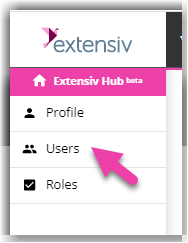
If you have multiple organizations in Hub, make sure to select first the organization you want to add the new user to. See below image for guidance.
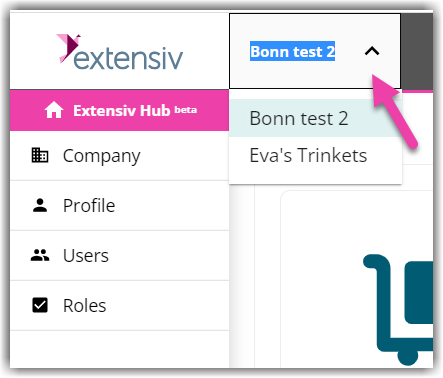
3. Click Create. This action will open the Invite Users window.

4. Fill in the new user details. Enter the first name, last name, email, and job title.
5. Select the appropriate role for this account.
The user role defines the permissions of the access in Extensiv Hub. The permissions assigned to this role do not necessarily relate to the permissions they need to have for each product. You still need to manage the product permissions on the product itself.
If you want to learn how to create user roles, see our article on Creating User Roles in Hub.
6. Select 3PL Warehouse Manager from the list of product access.
7. Review and confirm the details are accurate. Then, click Invite. You should see the recently created account added to the User List column. Click Done if you’re finished creating user accounts.
If you have 2 or more organizations, and the user also needs to be part of that org, make sure to create an account for that organization too. To do this, just open the organization menu next to the Extensiv logo, select the appropriate organization and follow Steps 1-7.
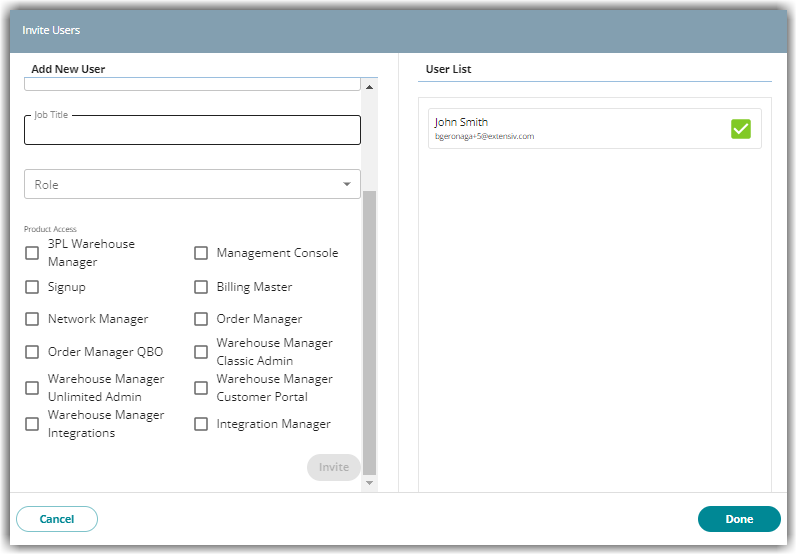
8. On the User Accounts page, you will find the status of the account as Pending. Inform the user that they will receive an email to join Extensiv Hub.
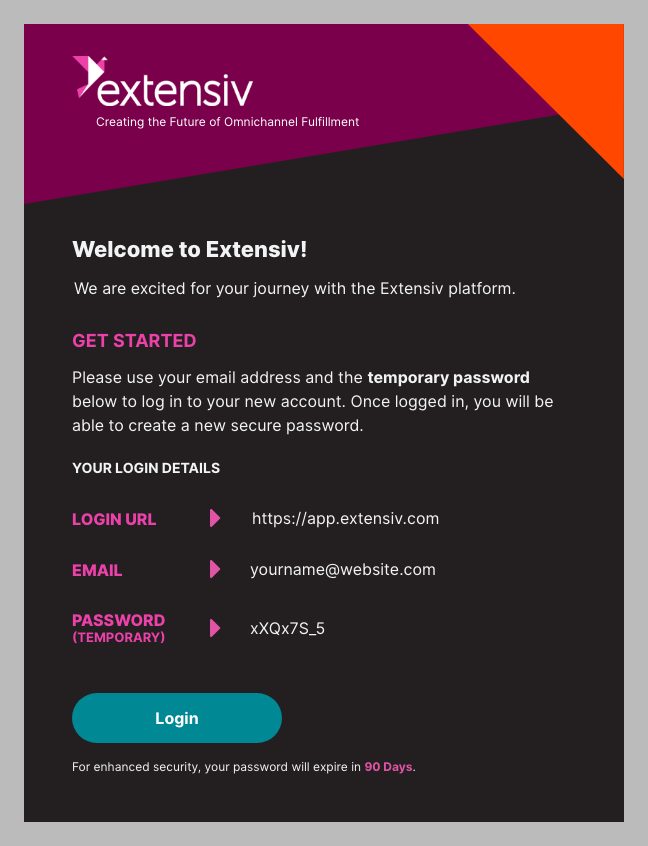
For steps on how to log in to Extensiv Hub for the first time, see this article Logging in to Extensiv Hub for the First Time.
Step 2 - Manager user permissions in 3PL Warehouse Manager
1. Select the correct organization and launch 3PL Warehouse Manager from Extensiv Hub.
2. In 3PL Warehouse Manager, click Users on the left navigation menu.
3. Select the recently created user account. Then, click Manage at the top-right corner of the page.
4. Select Edit from the dropdown.
5. Choose between Warehouse and Customer for user access.
Warehouse vs Customer
Warehouse users are those who work in your facility, whereas Customer users are the customers for whom you receive and ship.

6. Select a 'Role' from the drop-down menu, as well as a 'Classic View Access' role. For Classic View Access, we recommend granting Warehouse users ‘level0’ and Customer users ‘cust6’ access.
Failure to provide accurate Classic View access results in a user's inaccessibility to some pages, even if they are granted access under Users > Manage Roles. If you are not familiar with our legacy system, feel free to refer to our Classic View Access Roles file.
7. For warehouse users, open the 'Assigned to Warehouse(s)' drop-down list to select each warehouse the user is assigned to. Each warehouse selected displays below the field in a yellow chip.

For customer users only, open the 'Assigned to Customer(s)' drop-down list to select each customer the user is associated with. Selecting multiple customers creates a "customer group", which is a feature that allows you to assign multiple customers to a single customer user. Each customer selected displays below the field in a yellow chip.
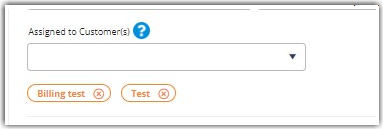
8. Click Save once done.
Modifying and Deleting User Accounts in Hub
To learn the steps on how a user can modify or delete user accounts in Hub see this article.
